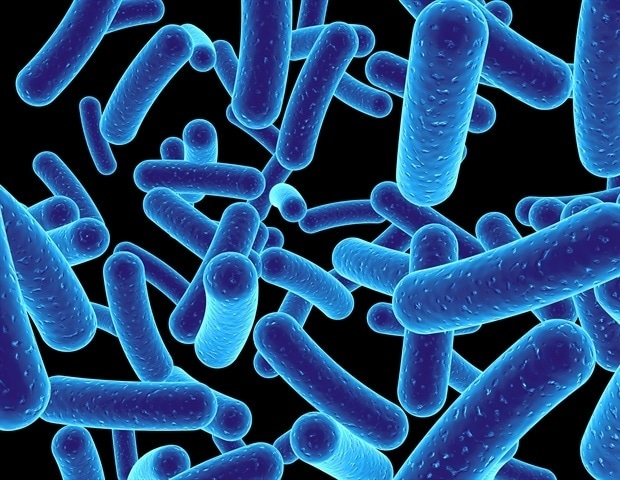
[ad_1]
Researchers from Bochum, Göttingen, Duisburg and Cologne have developed a new method for detecting bacteria and infections. They use fluorescent nanosensors to track down pathogens faster and easier than established methods. A team led by Professor Sebastian Kruβ, formerly at the University of Göttingen, now at the Ruhr-Universität Bochum (RUB), describes the findings in the journal Nature Communications, published online November 25, 2020.
Traditional methods of detecting bacteria require the taking and analysis of tissue samples. Sebastian Kruβ and his team hope to eliminate the need to take samples using tiny optical sensors to view pathogens directly at the site of infection.
Fluorescence changes in the presence of bacterial molecules
The sensors are based on modified carbon nanotubes with a diameter of less than one nanometer. When irradiated with visible light, they emit light in the near infrared range (wavelength of 1,000 nanometers and more), which is not visible to humans. The behavior of the fluorescence changes when the nanotubes collide with certain molecules in their environment. Since bacteria secrete a characteristic mix of molecules, the light emitted by the sensors can therefore indicate the presence of some pathogens. In this paper, the research team describes sensors that detect and differentiate harmful pathogens associated with, for example, plant infections.
“The fact that the sensors work in the near-infrared range is particularly relevant for optical imaging, because in this range there are far fewer background signals that can skew the results,” says Sebastian Kruβ, who heads the functional interfaces and the Biosystems RUB group and is a member of the Ruhr Explores Solvation Cluster of Excellence (Resolv). Since light of this wavelength penetrates deeper into human tissue than visible light, this could allow bacteria sensors to read even under dressings or on implants.
Further areas of application are possible
In the future, this could form the basis for optical infection detection on smart plants, as sampling would no longer be necessary. This would then allow the healing process or a possible infection to be quickly detected, resulting in improved patient care. The possible areas of application are not limited to this, “adds Kruβ.” For example, a better rapid diagnosis of blood cultures in the context of sepsis is also conceivable in the future. “
Robert Niβler, lead author of the study, University of Göttingen
In addition to researchers from Physical Chemistry II of the Ruhr-Universität Bochum and the Institute of Physical Chemistry of the University of Göttingen, the study also involved Medical Microbiology teams at the Göttingen University Medical Center, the University Hospital of Cologne and the Fraunhofer Institute for Microelectronic Circuits and Systems in Duisburg.
Source:
Journal reference:
Nißler, R., et al. (2020) Remote Near Infrared Identification of Pathogens with Multiplex Nanosensors. Nature Communications. doi.org/10.1038/s41467-020-19718-5.
.
[ad_2]
Source link